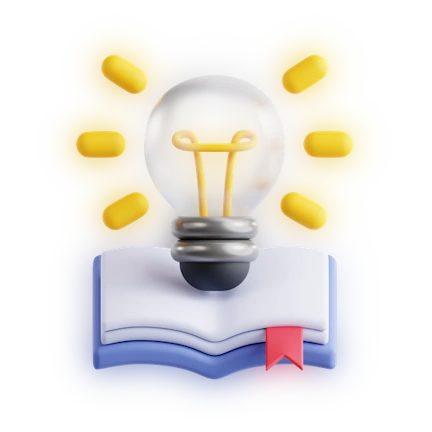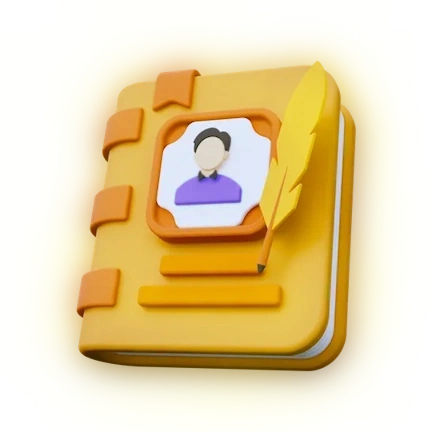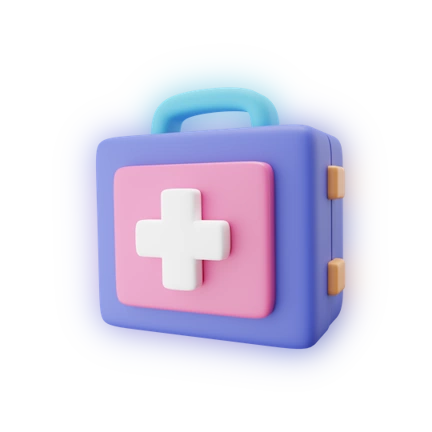LISTEN TO THIS ARTICLE:
Trigger Warning: This article discusses suicide and methods of self harm.
Kids and teens across the world are struggling. One way children are trying to cope with the mental and physical effects of an unstable world is through engaging in self-harm. The lasting impact of social isolation during the COVID-19 pandemic has piled the mental health challenges this population was already facing. Whether the cause is due to increasing rates of depression related to harmful social media usage or larger scale issues such as growing anxiety around climate change, the effect is clear: Children and adolescent mental health is in peril.
Hospital emergency departments and primary care facilities have seen a substantial increase in children and adolescents seeking help for self-harm. One study reported that 1 in 4 kids perform self-injurious behaviors. Sadly, this number is likely significantly higher as less than 25% of children and adolescents who hurt themselves present to healthcare services. This means that 75% of kids who self-harm are not getting the treatment they need.

What is self-harm?
Self-harm can be referred to as self-injury, self-mutilation, or self-abuse. The term often used by medical professionals is non-suicidal self-injury, which may be abbreviated to NSSI. Self-harm occurs when someone purposely hurts themselves without intending to end their life. Cutting is the most common form of self-harm among children. Other types of self-injurious behavior include head banging, hair pulling, scratching, pinching, biting or burning the skin, drinking toxic substances like bleach, and picking at old wounds to delay healing. Self-harm may also be more subtle. Examples include over-exercising to the point of injury or intentionally getting into a fight where a person is likely to get hurt.
Signs of self-harm
There are many warning signs that a child or adolescent may be self-harming. All adults who interact with kids should look out for the following:
- New cuts, bruises, or burns that are typically located on the wrists, arms, stomach, or thighs. A child may say they got into an accident if asked about them.
- Wearing long sleeves and long pants even in warm weather to cover up self-injurious wounds.
- Wearing excessive bracelets or other types of jewelry to make the wounds less apparent.
- Having sharp objects in their possession. These include knives, needles, safety pins, scissors, nail clippers, or pieces of broken glass.
- Having other random objects that may not initially appear dangerous. A pencil eraser could be used to rub against the skin excessively and create a burn. Some children have even put salt on their skin under an ice cube, which can cause frostbite or second-degree burns.
- Avoiding situations requiring clothing that reveal skin. A child or adolescent may not want to wear a swimsuit or a formal dress.
- Spending a lot of time alone in either their bedroom or the bathroom.
- Finding blood stains on bedding, clothing, or towels.
Why do children and adolescents self-harm?
If a child or adolescent engages in self-harm, it does not necessarily mean they are thinking about suicide. They could engage in self-mutilation for a number of reasons.
Coping with Emotions
Many children and adolescents will say that self-harm helps them cope with difficult emotions. This is a developmental period that can be confusing and overwhelming, especially with peer relationships, academic pressure, and family responsibilities. Children may feel lonely, fearful, sad, hopeless, worthless, or empty. Self-injurious behavior usually begins when a child is feeling too much or nothing at all. Self-harm can feel like an immediate release from all of the confusing emotions. It can also replace emotional numbness with physical pain in an attempt to feel something other than empty.
Feeling in Control
Self-harm may help a child or adolescent feel a sense of control when everything within and around them feels like it is spiraling out of control. Manipulating their own bodies – even through self-injury – can be a way to feel a sense of power.
Release of Endorphins
When a person gets injured, the brain releases certain hormones called endorphins. Endorphins activate opiate receptors in the body. Receptors are molecules that are located inside or on the surface of cells and help activate specific cell functions. Opiate receptors produce a pain-killing or numbing effect. The release of endorphins during self-injurious behavior may actually help a child feel a very brief sense of relief from their emotional pain. It may improve their mood for a small period of time. Since the pain-killing effect is short-lived, a child may repeatedly engage in this behavior to produce the desired sense of escape.
A Form of Self-Punishment
Self-harm may be used as a way children and adolescents punish themselves when they feel as though they did something wrong. This could be for any number of reasons from hurting their friend’s feelings to getting a bad grade on a test. Unfortunately, a child may also feel guilt for hurting themselves. After the initial mood-lifting effect of engaging in self-harm wears off, the feelings of relief may be replaced with feelings of shame. This can lead to them using self-harm as a form of punishment for engaging in self-harm. This negative cycle can turn into a chronic habit.
A Form of Bonding
While most kids self-harm in isolation, it can also be used as a way to bond with other kids who engage in self-injurious behavior. Children and adolescents who have friends who self-harm are more likely to hurt themselves as a way to connect through shared feelings of pain.
Self-harm and suicide in children
The most common misconception that people have about self-harm is that it is always a direct result of suicidal thoughts. A person may engage in self-harm without intending to die by suicide. Despite this, it is important to know that non-fatal self-harm is the strongest risk factor for suicide. Suicide is the second most common cause of death among individuals 10 – 24 years of age. In this population, the global death by suicide rate is second only to road traffic accidents. Moreover, half of adolescents who die by suicide have a history of self-injurious behavior. Therefore, it is really important for anyone who self-harms to receive treatment.
Myths About self-harm
There are several common myths about children and adolescents who engage in self-harm. Many assume that kids and teens are seeking attention. While childhood and adolescence are developmental periods where kids often display heightened emotions, self-harm is usually not the result of someone being overly dramatic. Any signs of self-harm should be taken seriously. Another common myth is that females are the only kids who perform self-injurious behaviors. Although girls are statistically more likely to self-harm, they are not the only gender to engage in self-mutilation. Individuals who identify with all genders are at risk.
Many parents worry that asking a child about self-harm will encourage their child to attempt self-injurious acts. In the same way asking someone if they are feeling suicidal does not increase their likelihood of attempting suicide, a child is not more likely to self-harm. Having open conversations about self-harm is important. Moreover, self-harming behaviors are not just a phase that kids and teens grow out of. They require treatment from trained medical and mental health professionals.
Self-harm treatment
The root cause of self-harming behaviors is complex as it is associated with many mental health conditions. These include depression, anxiety, eating disorders, post-traumatic stress disorder (PTSD), attention deficit hyperactivity disorder (ADHD), substance use disorders, and borderline personality disorder. Treatment should be individualized and focus on identifying the particular cause of the behaviors. One common form of treatment for non-suicidal self-injury is cognitive behavioral therapy (CBT). Although medication is not used to directly treat self-harm, it may help improve symptoms of the underlying mental health condition. In addition to psychotherapy and medication to treat the origin of the behavior, there are many coping strategies that can help kids and teens when they have the urge to self-harm. Yoga, meditation, spending time outdoors in nature, a moderate amount of exercise, and listening to music are associated with decreased stress and improved mental health outcomes.
Helping adolescents and children who self-harm
If a kid or teen you know is struggling, there are many ways to support them.
1. Always seek professional help
A medical professional can treat self-harm wounds, prevent complications such as infections, and refer you to mental health resources in your area. A mental health professional can identify and treat any mental health conditions that may be contributing to self-harm behaviors.
2. Talk, but more importantly: Listen.
While it can be scary when a child self harms, try not to react with strong emotions. Yelling will only cause a kid or teen to shut down and make them less likely to ask for help. Approach the child with empathy and non-judgment. Give them space to talk through their feelings.
3. Create a safe home environment
Assess your home for any items that could be potentially used as a way to self-harm and make them inaccessible.
4. Know what to do in an emergency
While those who engage in self-harm do not typically intend to end their life, self-harm injuries can be unintentionally life-threatening. If you see a child self-harm, do not leave them alone. Remove any objects they could use to further hurt themselves.If there is a severe wound, such as in the case of acute blood loss due to cutting, bring them to your local emergency room for evaluation, medical treatment, and a mental health referral. Further mental health support is critical as the conditions that lead to self-harm may be a risk factor for suicide.
As increased rates of children are engaging in self-injurious behavior, it is more important than ever to be educated about the signs of self-harm as well as how to support those who need help.

 Learn
Learn Read Stories
Read Stories Get News
Get News Find Help
Find Help
 Share
Share
 Share
Share
 Share
Share
 Share
Share



